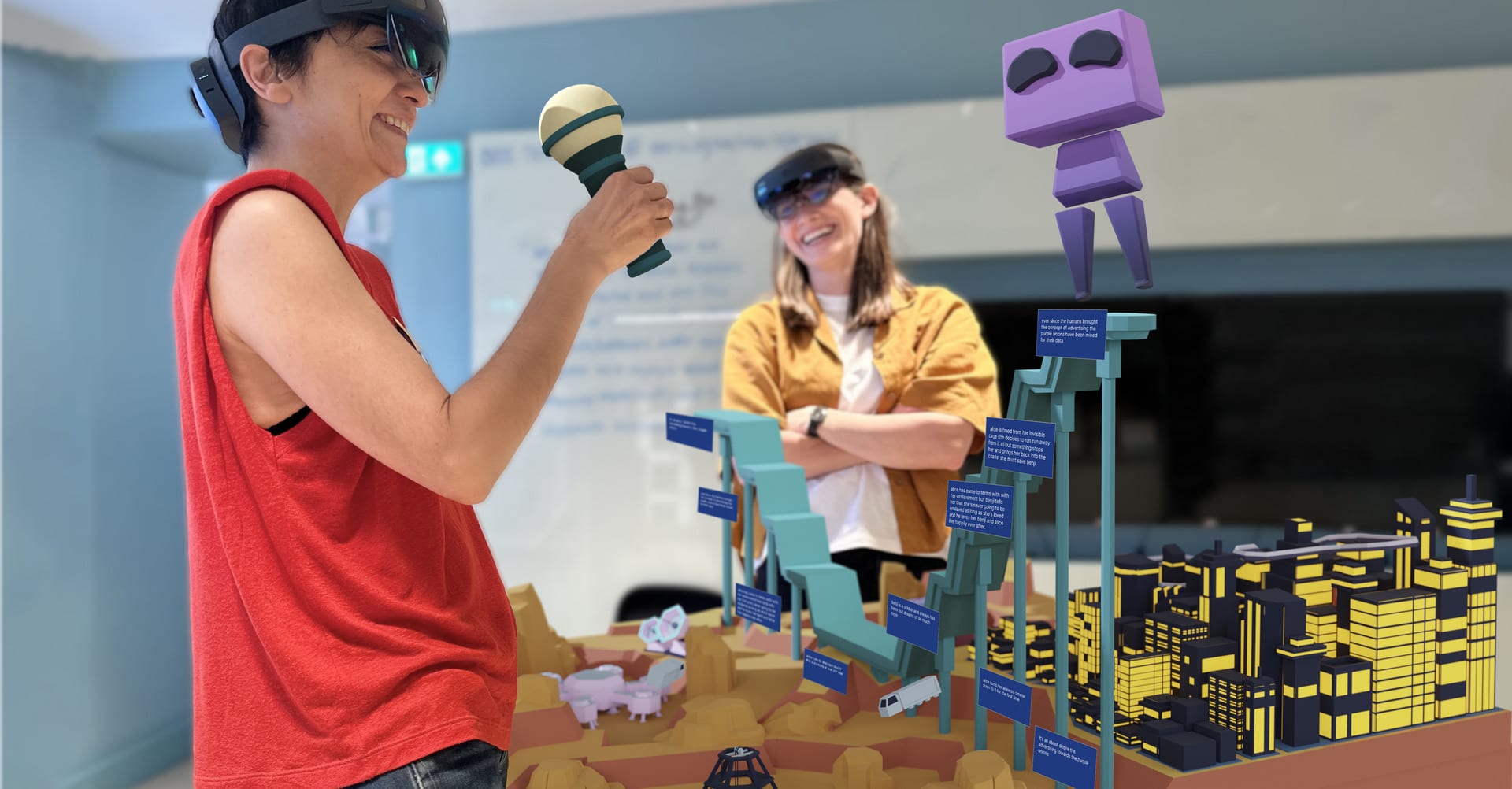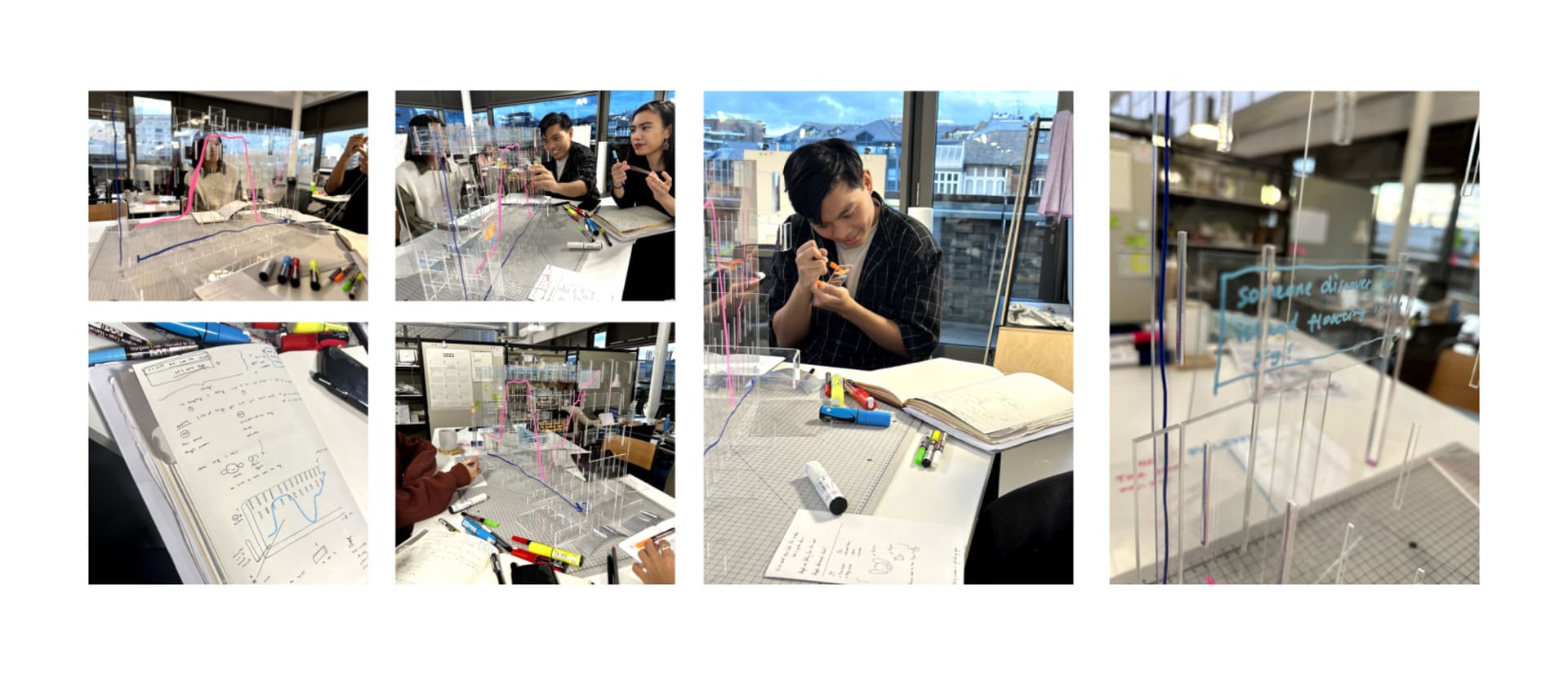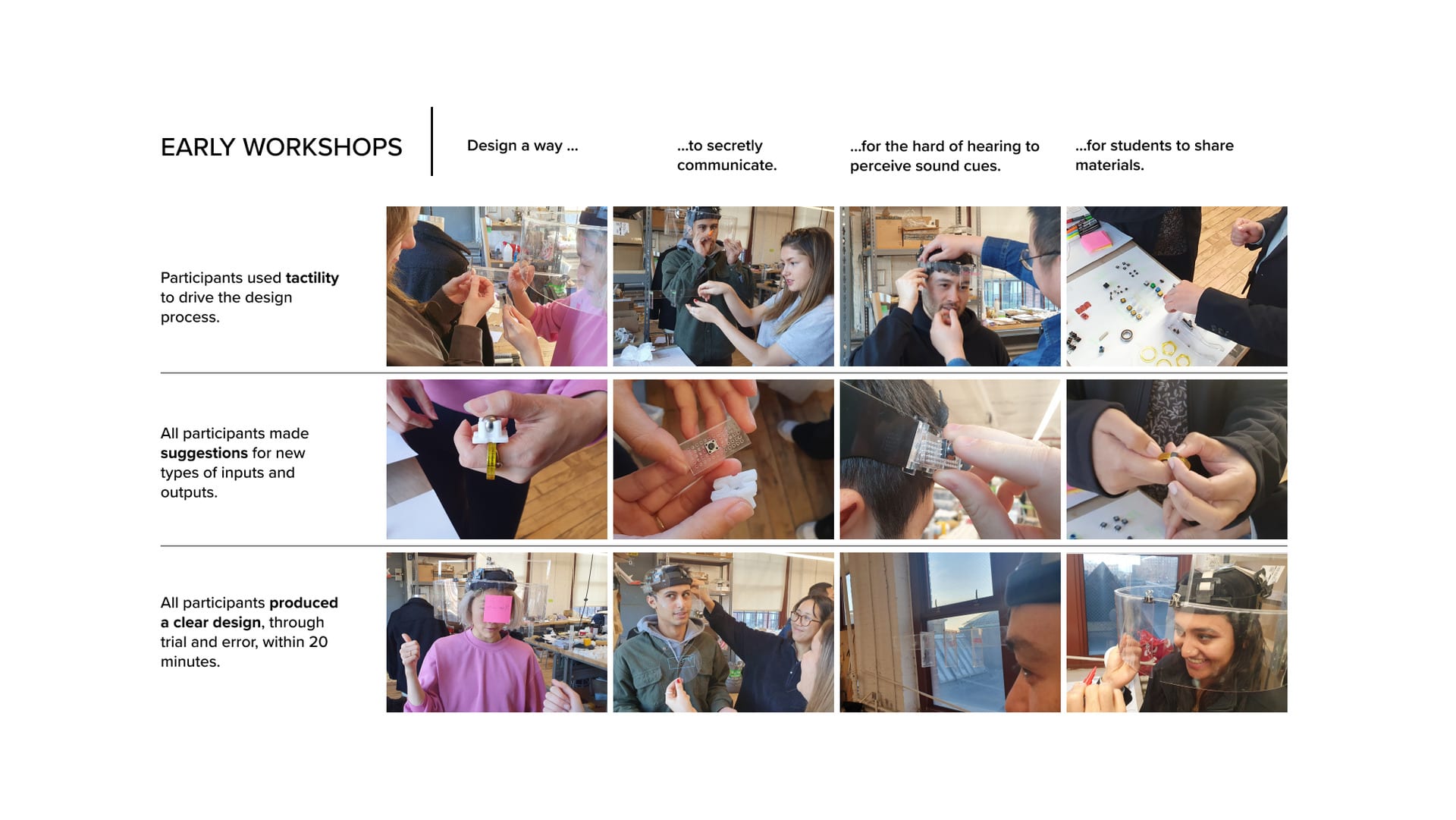Liana is an Immersive Interaction Designer with a knack for blending the tangible with the immersive, adding a spark of fun to all her work. Before GID, Liana completed a bachelor's degree in Interaction Design from the National College of Art and Design in Dublin, Ireland. Liana draws on her lengthy experience in broadcasting to bring a lively streak of storytelling to all her work.
TL;DR
Awards & Features:
Immerse UK Grand Prize & Jury Prize Award (2023)
Irish Designers Institute Graduate Award (2021)
RSA Student Design Award & Fellowship (2021)
RCA Grand Challenge Finalist (2022)
Global Design Graduate Show Finalist (2021)
Education:
BA Interaction Design (2018 - 2021, 1st Class Hons), NCAD. Dublin, Ireland.
Exchange Partners:
Keio Graduate School of Media Design. Tokyo, Japan. (Technology, Media, Futures, Robots)
Pratt Institute. NY, USA. (Products, Aesthetics, Craft, Making)
Experience:
10+ years in broadcast television.
















